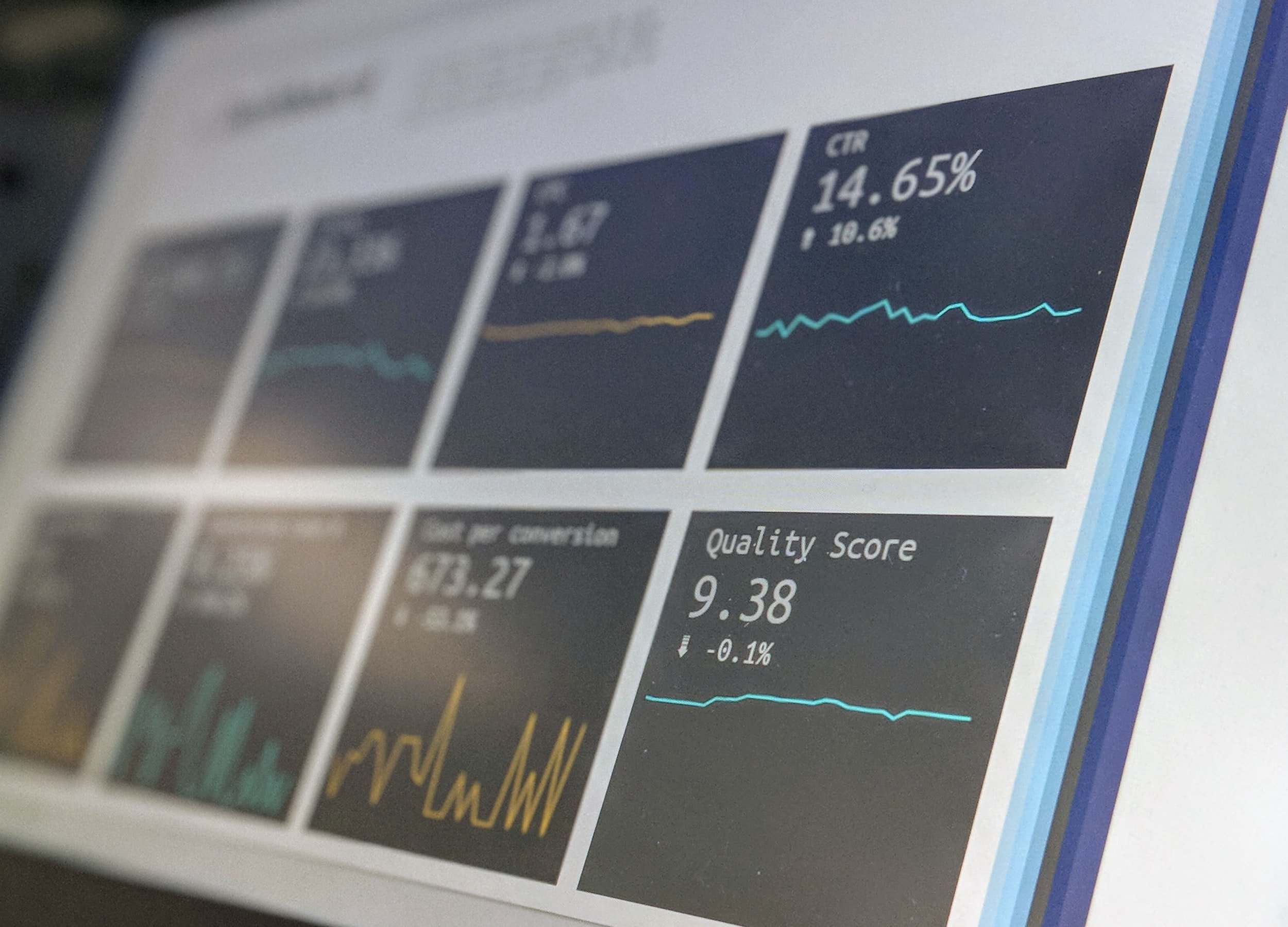
Manuafacturing - Global Hand Tools Testing
Case Study.
Manufacturing - Global Hand Tools Testing
This multinational manufacturing company develops and sells hand tools in support of the world’s professional and amateur craftsmen. The working group of this company has had a focus on hand tools testing (like in prolonged salt exposures and height drops). The testing process is a major support to ensuring hand tools brought into the marketplace retain the high-quality standards that the company has maintained for decades. The testing process is involved and performed in different locations across the world, requiring collaboration solutions well beyond typical technologies like email, SharePoint, etc.
CHALLENGE
This group had several goals related to their use of Adobe Workfront and Fusion.
Standardize and then optimize the requesting, planning, and executing of hand tool testing projects.
Create a centralized, transparent work repository – from project intake through production.
Standardize a formal Word Document based Test Report that allowed all testing results summaries (1000s) to look similar for ease of reading.
Provide real-time executive management reports and dashboards, enabling data-driven decisions over resourcing and project progress monitoring.
Simplify the work progress tracking efforts the engineering and the lab team members performed.
Automate manual steps as much as possible to increase testing volume throughput without overly increasing team member size.
SOLUTION
Standardized test request project management
The implemented solution represented a very highly repeatable process to follow.
A tools test request comes in to have a series of tests by specific standard operating procedures (SOPs) applied to it.
The request is converted to a standard workflow where the engineers, testers, and reporting subject matter experts get involved.
The SOPs are entered by the original requester.
Tests are assigned to engineers (testers) to perform.
The test results are added to the standard Test Report.
The test report auditors ensure all the reports are cohesive and consistently written before sending back to the requester.
The requester makes any comments for clarification and/approves the results.
The project is considered done.
Automation of Project Creation
Fusion was used to automatically create the tests project after a request was input. This highly repeatable process scans Workfront for new requests each five minutes. When found, the test request is converted to a project using a template. The standard milestones needed to standard progress reporting are attached to the project tasks. Notifications are sent to the requester to begin entering the SOPs for the specific tests.
Automation of Milestone Notifications
Fusion was used to expand notifications beyond the Adobe Workfront built-in notifications. These notifications were essential in keeping the process moving along, especially with many projects being active concurrently. The notifications are triggered based on conditions of the project tasks. Depending on the project’s progress, the alerts are sent to the requester, the test location resource managers, the lab auditors, or the management team. These notifications have saved the team members time in checking projects for their next up tasks.
Automation of Test Report Creation
Fusion was used to automatically create a MS-Word based and standard formatted Test Report. The processing is triggered based on a specific project condition. Fusion locates the test project and merges data from the project, project’s custom form, and the test SOP based records into the Test Report. The drafted Test Report is uploaded with this data to the project for use by the assigned testers.
BENEFITS
The group realized several notable benefits from moving into Adobe Workfront and Fusion. They enabled the hand tool test requester to easily input the initial project request and the associate tests (like metal salt exposures and high-height drops). The group solved the creation of one factory-line-like process to standardize the steps needed to complete all the tests associated to a hand tools testing project. They standardized the creation of a Test Report for any hand tools test request, allowing auditors to focus on test results instead of varied test report formats. Finally, the group realized a throughput capacity of 1000s of active projects without losing track of project history.

